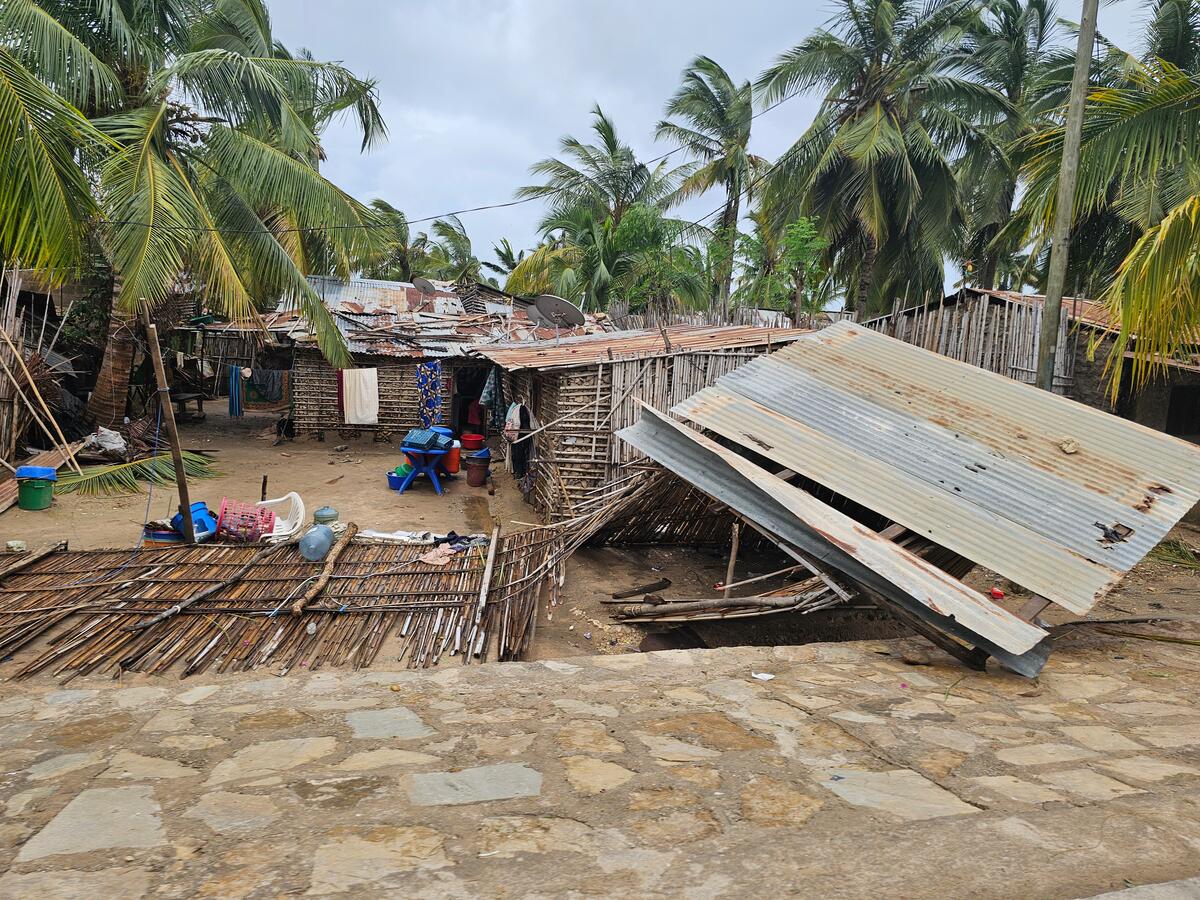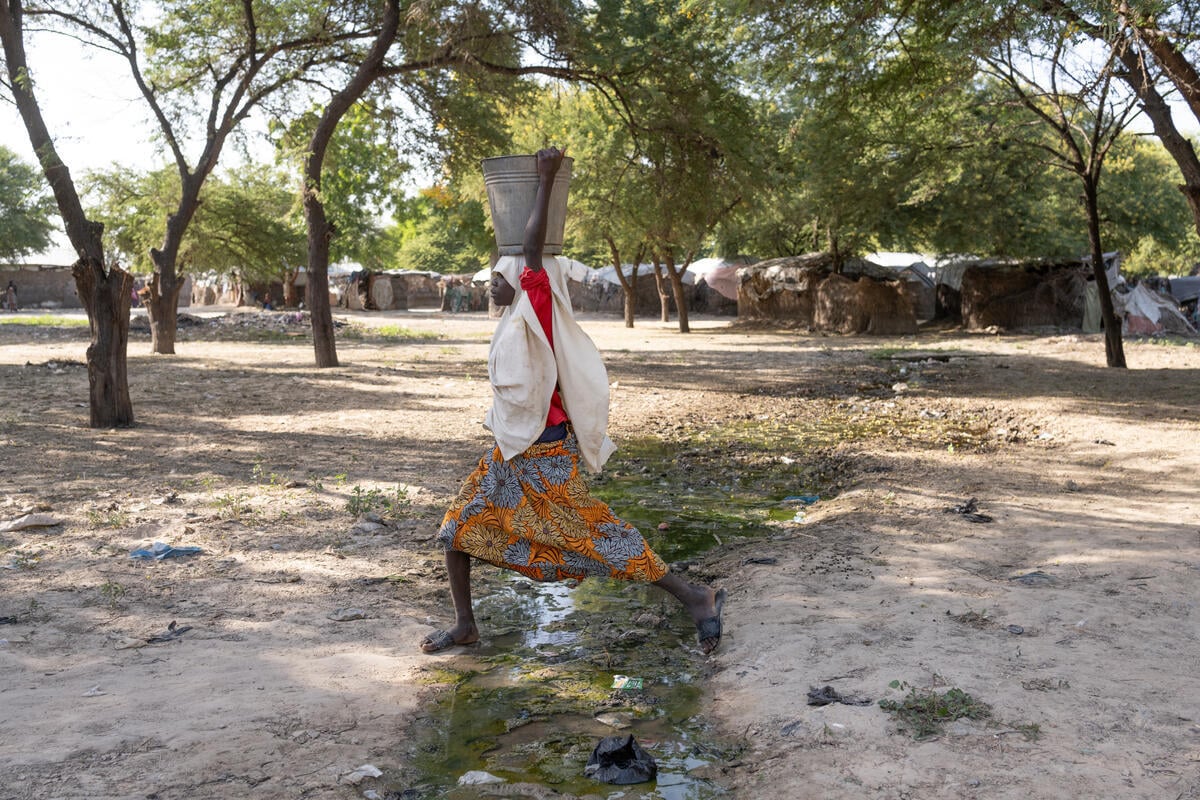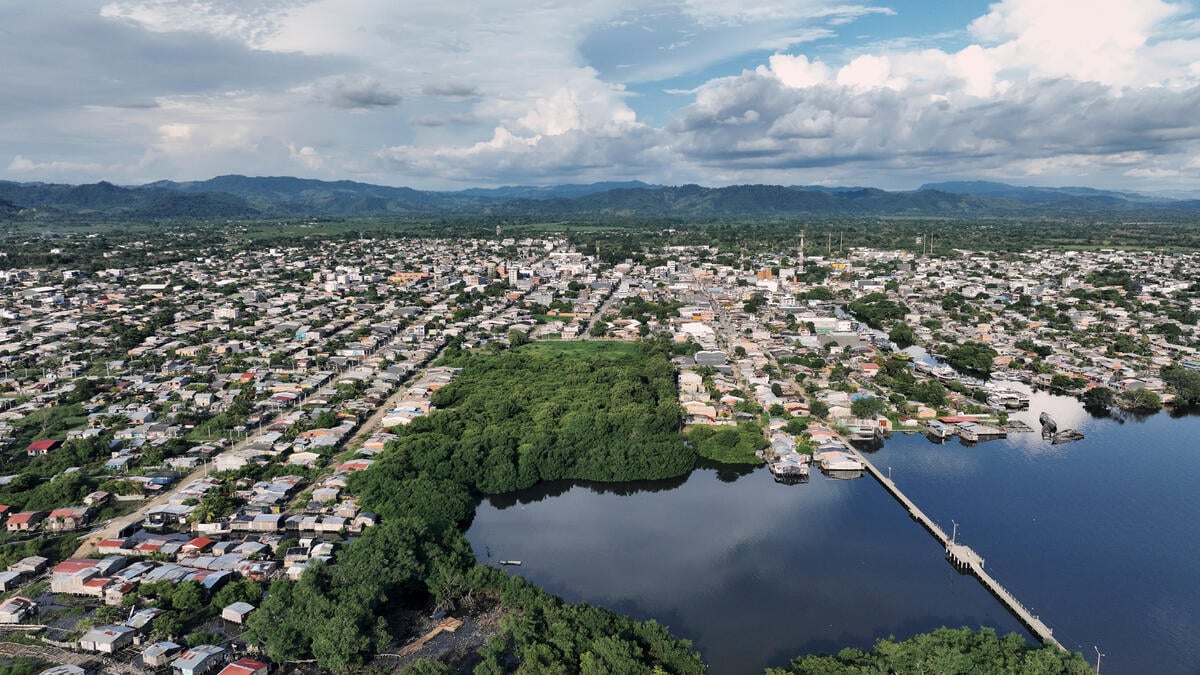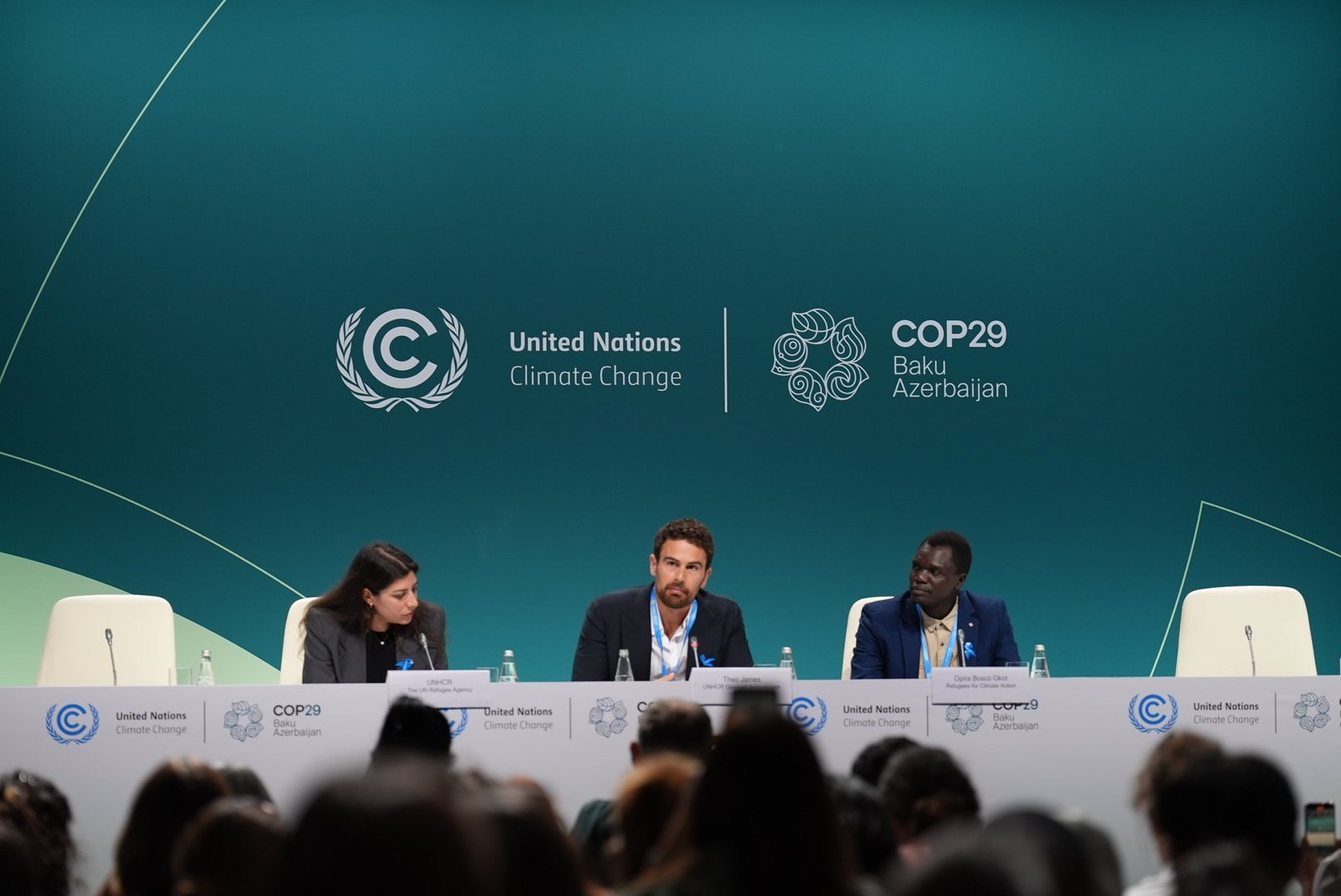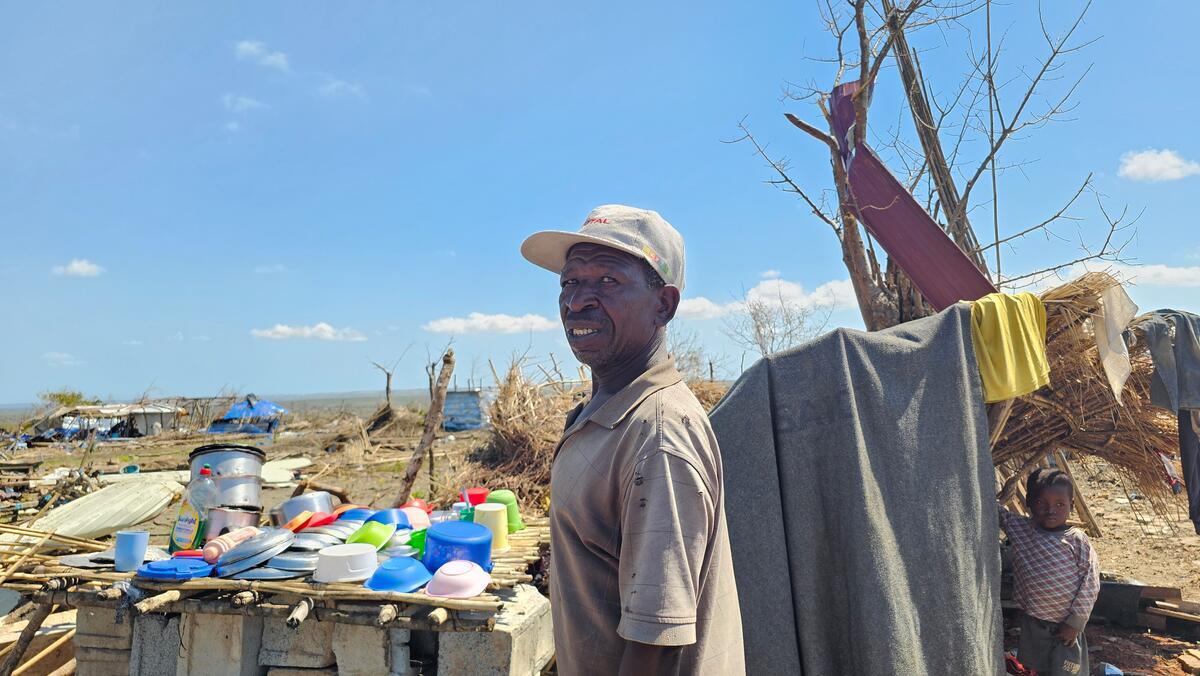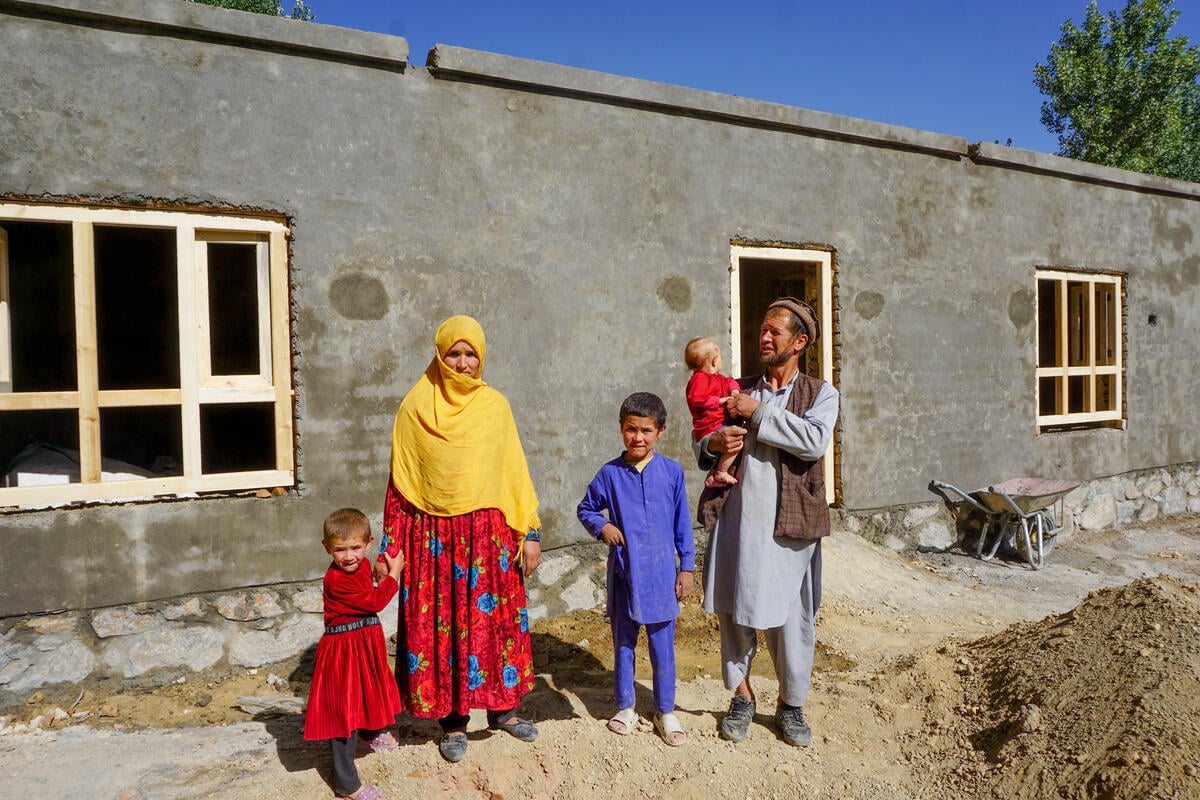No Escape: On the frontlines of climate change, conflict and forced displacement
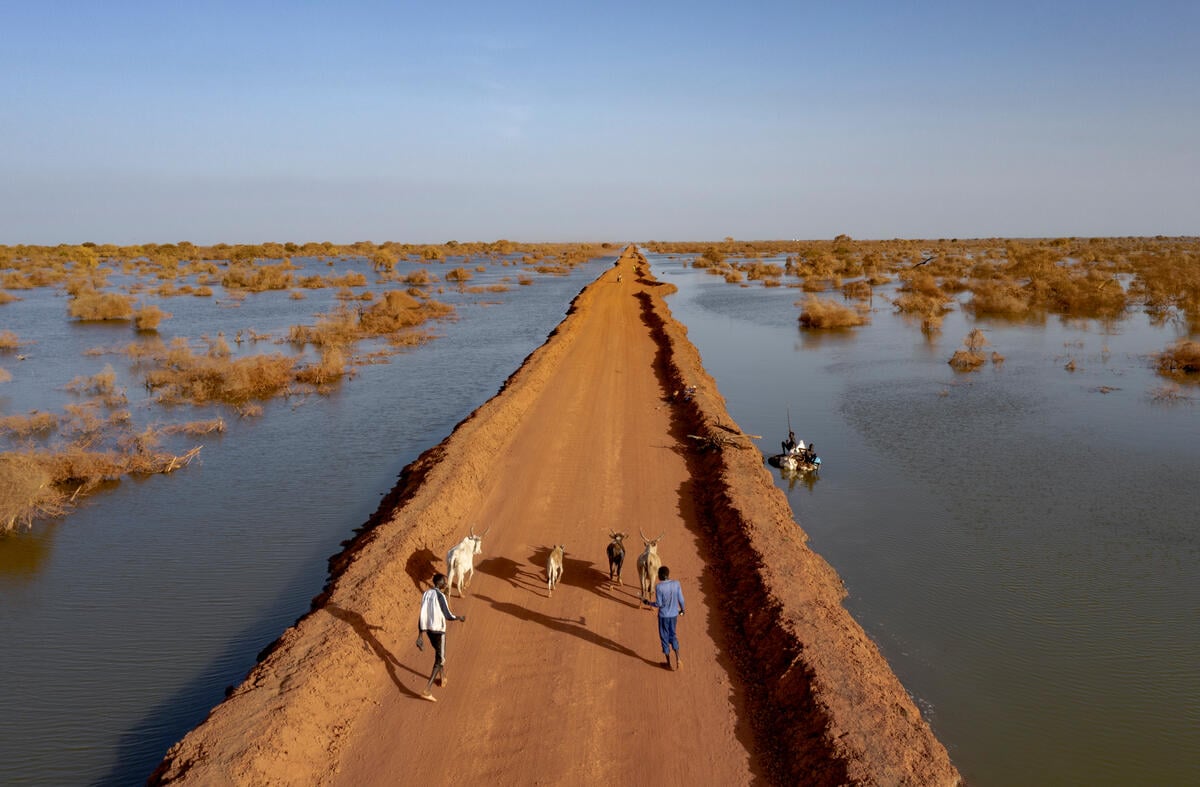
No Escape: On the frontlines of climate change, conflict and forced displacement
The climate crisis is a human crisis
Millions of people across the globe continue to be forced to flee their homes because of violence, conflict, and climate-related hazards. In fact, the number of forcibly displaced people in the world today has never been higher – doubling to more than 120 million people over the past 10 years.
While conflict remains the primary driver of displacement, climate change can aggravate an already devastating reality. Its impacts disproportionately affect the world’s most vulnerable populations – including refugees, internally displaced people and the communities hosting them. Often lacking critical resources such as stable housing, financial security, institutional support, or access to essential services, displaced people now also struggle to prepare for, adapt or recover from disasters like floods, droughts and heatwaves.
"That night was unforgettable as our house was inundated within minutes. We had no other option but to leave at once."
Bahadur was displaced by the devastating 2022 floods in Pakistan’s Khyber Pakhtunkhwa province. This was the third time in his life he had been uprooted – the first during Afghanistan’s civil war in the 1990s, and then again in 2010 when floods destroyed his home.
Uneven impacts
Populations in fragile and conflict-affected settings are especially vulnerable to climate-related risks.
This map shows the overlay of multiple climate-related hazards, location of forcibly displaced population (mid-2024) and country-level conflict-related deaths per population (2023).
An estimated 90 million displaced people are living in countries with high-to-extreme exposure to climate-related hazards and nearly half out of all forcibly displaced people are bearing the burden of both conflict and the adverse effects of climate change. These include countries like Sudan, Syria, Haiti, the Democratic Republic of the Congo, Lebanon, Myanmar, Ethiopia, Yemen and Somalia.
Explore how climate change is impacting displaced populations today and its predicted future effects through our interactive data story.

"At the heart of this issue lies the fate of millions of people who contributed almost nothing to global carbon emissions, but are among those paying the highest price."
Sustainable solutions are within reach
While the situation is dire, this report demonstrates sustainable solutions are within reach. Worst-case scenarios can be avoided, through integrated approaches that are climate-smart, protection- and gender-centred, human rights-based, conflict-sensitive, and peace-responsive. The report therefore concludes with a strong call to action:
- PROTECT displaced people fleeing in the context of climate change impacts and disasters by applying and adapting existing legal tools.
- INCLUDE the voices and specific needs of displaced populations and host communities in climate finance and policy decisions.
- INVEST in building climate resilience where needs are greatest, especially in fragile and conflict-affected settings.
- ACCELERATE the reduction of carbon emissions to prevent climate disaster and to avert and minimize further displacement.


